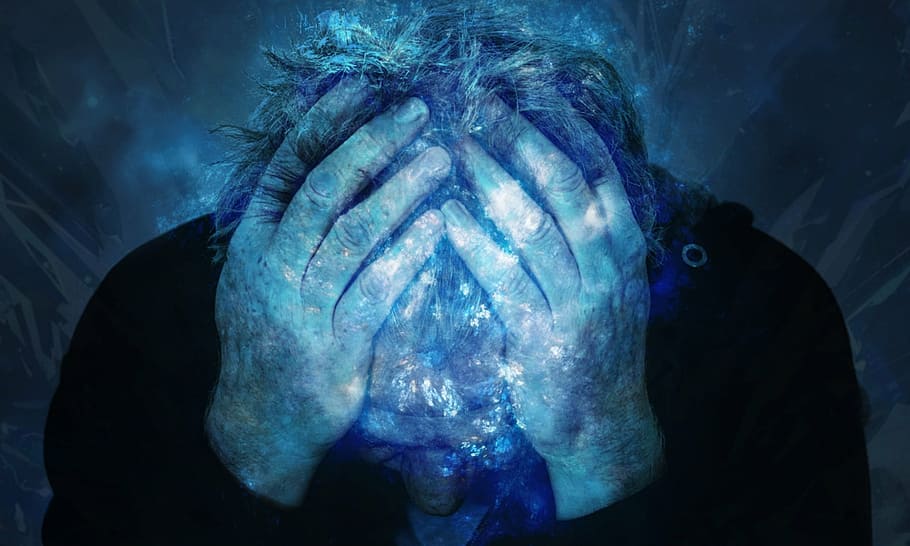The relationship between physical and mental health is a complex and deeply intertwined one. This means that pain and poor mental health often go hand-in-hand, creating a challenging cycle that can be difficult to break. Chronic physical pain can cause emotional distress just as psychological factors can exacerbate physical discomfort. In this article, we will explore the connections between pain and mental health and provide strategies to help individuals lead more balanced and fulfilling lives.
Understanding the Connection
Pain from a medical condition, injury, or illness can take a profound emotional toll. People in chronic pain can become stuck in emotions like fear, uncertainty, frustration, hopelessness, and helplessness when they are in constant physical pain. This prolonged emotional distress is no surprise – persistent physical discomfort often disrupts your sleep patterns, limits your physical activity, and erodes your quality of life. Chronic pain can have a way of using up your physical, mental, and emotional resources while limiting the ways to recharge yourself.
The process of getting stuck in a distressing emotion due to chronic pain frequently results in the individual developing a mood disorder based in anxiety or depression. At the same time, these disorders can manifest in physical symptoms such as fatigue, changes in appetite, and disrupted sleep, which compound the existing, pain-based struggles. Individuals with chronic pain can therefore find themselves trapped in a vicious cycle of physical and emotional symptoms that feed into and amplify one another.
In short, pain, whether acute or chronic, doesn’t just affect the body; it also takes a toll on mental health. Likewise, mental health issues such as anxiety and depression can heighten the perception of physical pain. The relationship between the two can create a vicious cycle, making it essential to address both aspects simultaneously.
Strategies for Managing Pain and Mental Health
1. Seek Professional Help
If you’re experiencing chronic pain or mental health issues, consulting healthcare professionals is the first step. Physicians, psychologists, and psychiatrists can help identify the root causes and develop tailored treatment plans. Depending on the severity of pain and mental health symptoms, your healthcare provider may recommend medication, therapy, or a combination of both. Medications can alleviate physical pain and improve mood, while therapy (cognitive-behavioral therapy, for example) can equip you with coping strategies.
2. Make Lifestyle Modifications
A balanced diet, regular exercise, and adequate sleep all play crucial roles in managing pain and mental health. Foods rich in antioxidants, omega-3 fatty acids, and vitamins can reduce inflammation and enhance overall well-being. Regular physical activity releases endorphins, natural mood lifters that can counteract physical and mental pain. A consistent sleep schedule, comfortable sleep environment, and avoidance of stimulants before bedtime contribute to better quality rest for your body and mind. Altogether, these lifestyle changes can help improve mood and increase pain tolerance.
Note: Consult with a healthcare professional to find appropriate diet and exercise options that suit your condition.
3. Seek Social Support
Isolation can worsen both pain and mental health issues. Therefore, it is vital to build a strong support network for emotional assistance and a sense of belonging. Engage with friends and family, or consider joining support groups. Sharing your experiences with others who understand can be immensely comforting.
4. Give Yourself Extra Support
Be kind to yourself. Living with pain and mental health issues can be frustrating, but self-compassion can help you navigate these challenges with greater resilience. Kindness towards yourself can also look like using more mind-body techniques. Mindfulness meditation, yoga, and relaxation exercises are all effective tools for managing both physical and emotional pain. Regular practice can help reduce stress, improve mood, and increase pain tolerance.
5. Set Realistic Goals & Monitor Progress
The challenges that come along with managing symptoms of pain and poor mental health are often overwhelming. To rise above the crushing weight of this overwhelm, break down your goals into smaller, achievable steps. This can give you a sense of control and accomplishment. It can also be beneficial to keep a journal to track your pain levels, emotional well-being, and progress. This can help you and your healthcare provider recognize “wins” and adjust your treatment plan as needed.
Conclusion
There’s no way around it – physical and emotional well-being are inextricably linked with one another. Managing pain and mental health requires a multifaceted approach that addresses this interconnectedness. Remember that seeking professional help is essential, and there is no one-size-fits-all solution. By integrating various strategies such as medication, therapy, exercise, and self-care, individuals can find balance, relief, and a path towards a more fulfilling life despite the challenges they may face.


